How to Keep Dogs and Babies Safe and Happy Together
Here are 12 ways new parents can make sure their baby and their dog will be best friends
7 August 2019
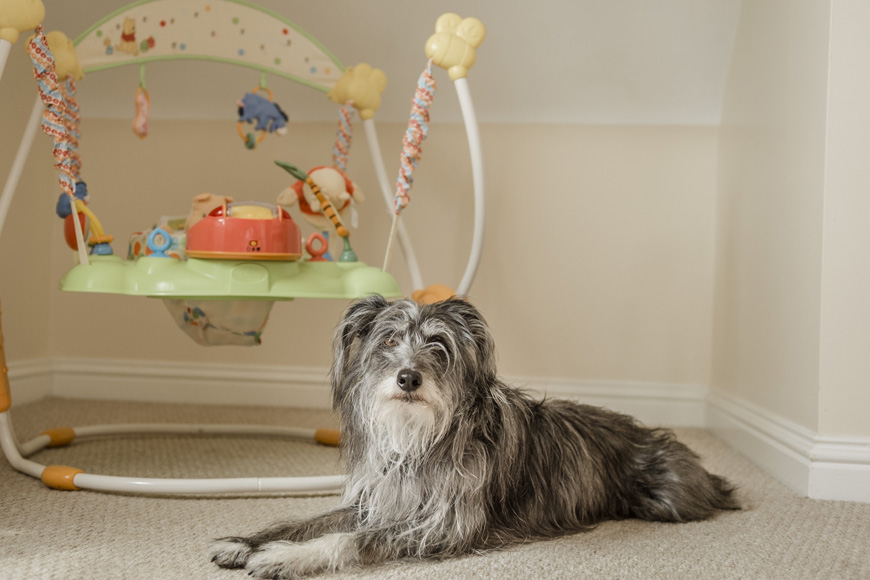
If you’re due to welcome your first baby into the world, there are a million things to think about to prepare your home for their arrival – but what if you also already have a dog?
It’s worth thinking about how you’ll introduce your bundle of joy to your first four-legged baby – something the Duke and Duchess of Sussex would have faced after the birth of Archie, as the couple already had a labrador and a beagle.
Both the Blue Cross and Dogs Trust pet charities say that all families should ideally start preparing their pet for a new arrival well before the birth, because dogs can become very anxious if there are sudden changes in their environment.
Hollie Sevenoaks, head of education at the Dogs Trust in the UK, says: “Dogs like routine so it’s never too early to get your dog used to changes before the baby comes home. By making changes while you or your partner are still expecting, your dog won’t associate the baby with upheaval.”
While Kerry Taylor, education manager at Blue Cross, which has produced a leaflet, How to keep your baby safe around your dog, adds: “Dogs can be very confused by big adjustments in their lives, so getting them used to new objects around the home, like a pram, cot and toys, is a good idea. It’s really worth the effort – pets mean so much to kids when growing up.”
Here’s some advice to help make sure babies and dogs become friends for life.

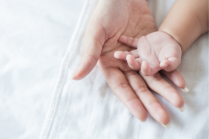



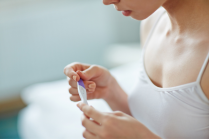
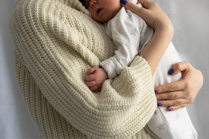
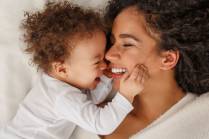
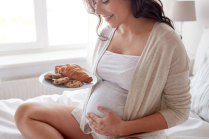
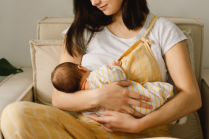
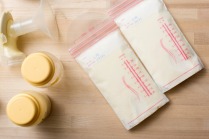


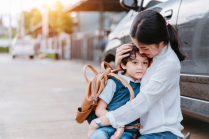
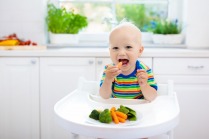
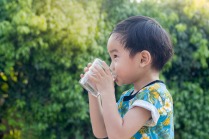
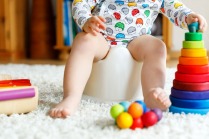
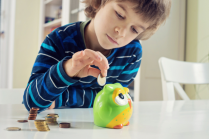
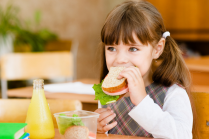

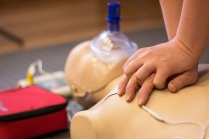

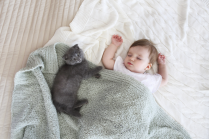
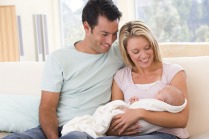
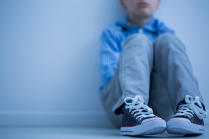
.png?itok=SvZPqMHH)

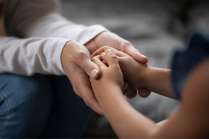
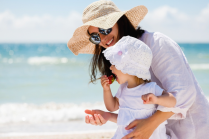

.png?itok=uB2ieOR7)












